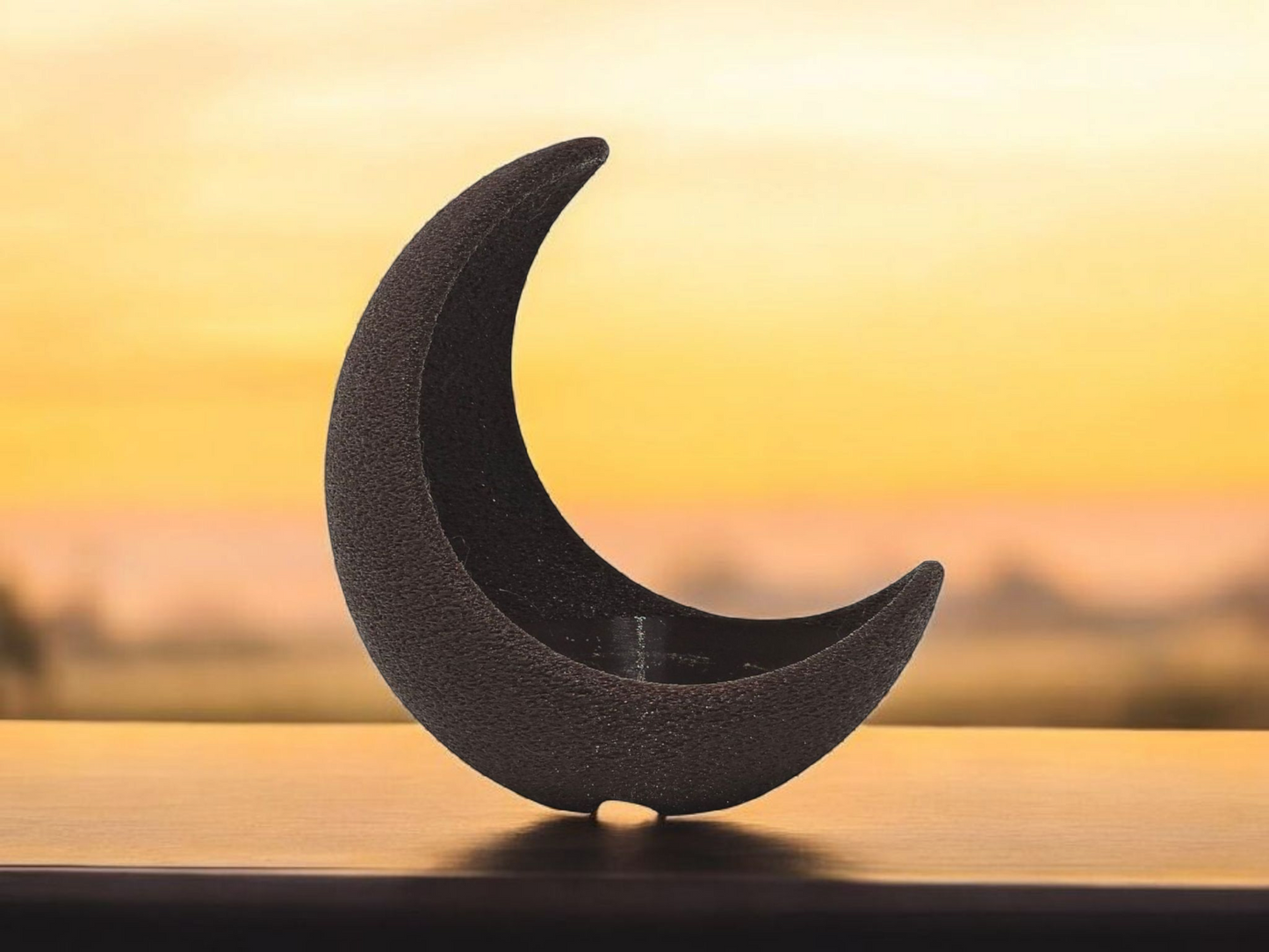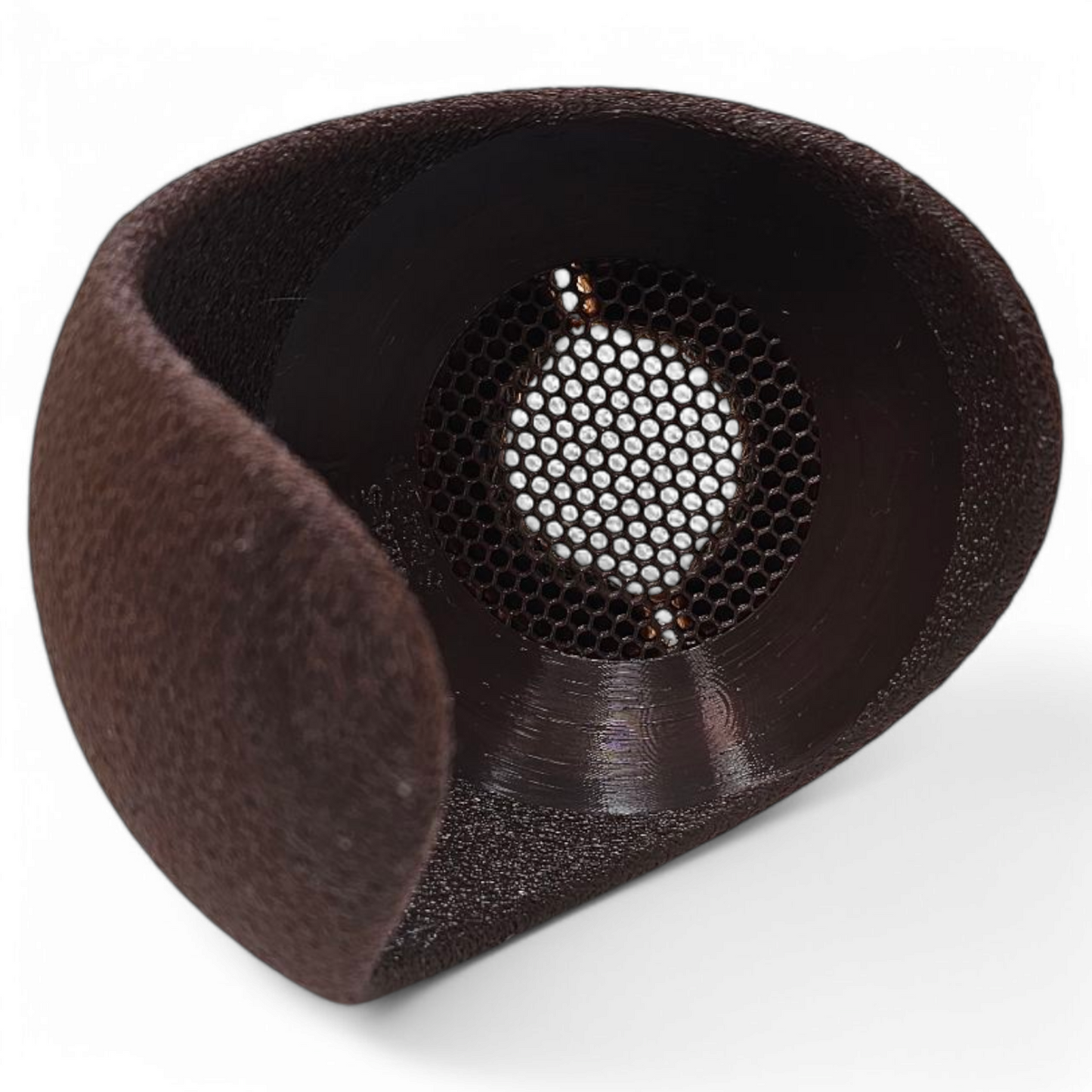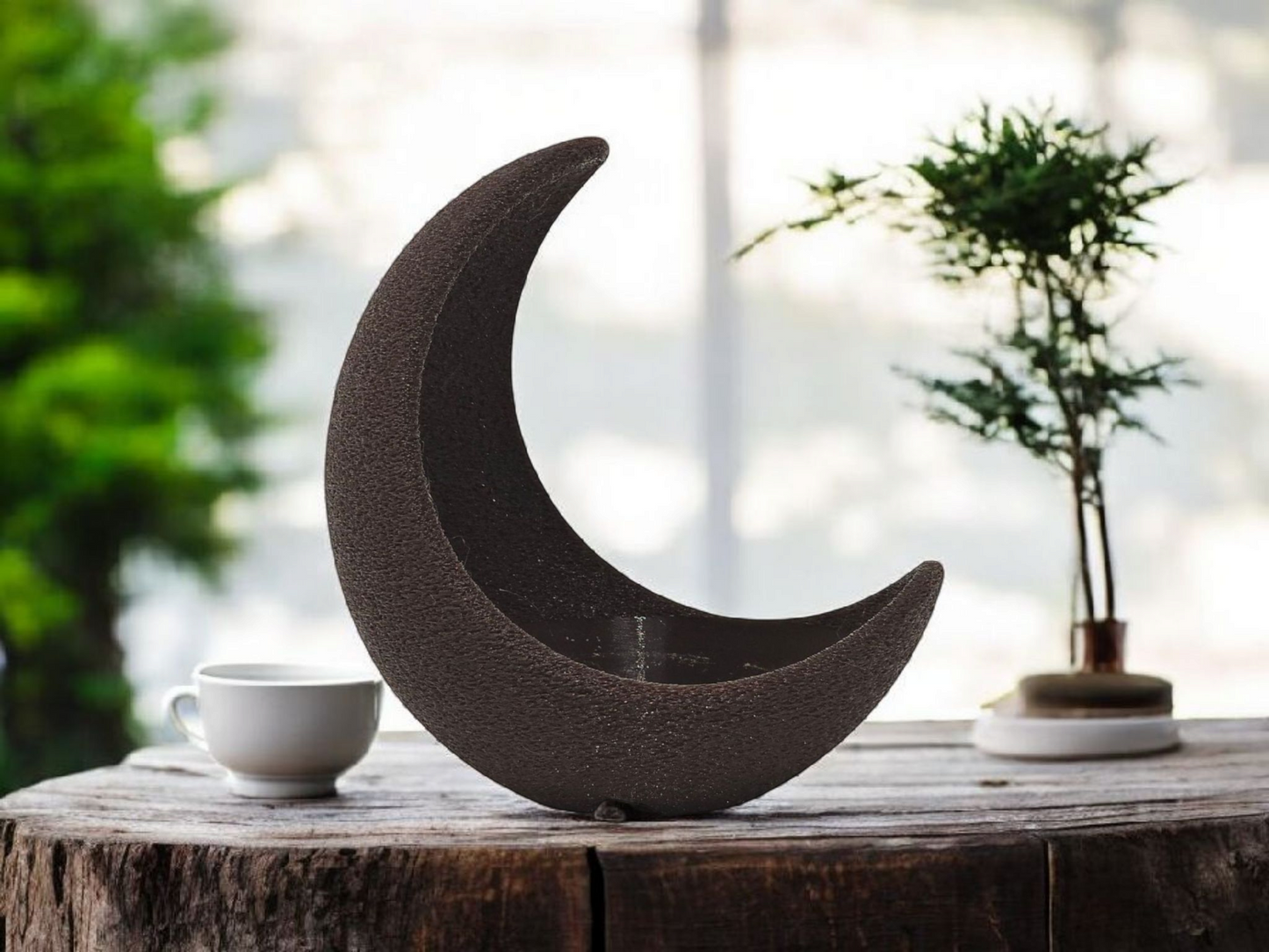Bonsai Shoes Full Crescent Training Pot
Bonsai Shoes Full Crescent Training Pot
Couldn't load pickup availability
The Full Crescent is one of my favorite shapes. The crescent wall is to symbolize a rocky ledge next to your tree and is ideal for a tree leaning out and away from the wall. The Crescent series all have different shapes to provide the perfect angle for your tree. Some people use these as cascade or semi-cascade pots.
The Crescent series all features RootZoom Technology (Patent Pending). RootZoom Technology utilizes an air pruning raised mesh bottom to maximize drainage and root growth. The mesh bottom allows for the free flow of water and oxygen while the solid walls help to prevent excessive drying of the soil.
Bonsai Shoes is a US based manufacturer of premium plastic bonsai training pots. All of their products are designed and made in the United States. Bonsai Shoes are 3D printed on demand which allows for a huge variety of sizes, shapes and colors. Traditional manufacturing is limited by the cost of molds, with 3D Printing there are no molds. Current production Bonsai Shoes are made from premium PETG which provides excellent water and chemical resistance in combination with good UV resistance and strength. Bonsai Shoes are also excellent in cold weather (only about 10%-15% more brittle) and act as an insulator from both heat and cold which protect roots from extremes.
The "shoe" sizes correspond to the number of inches each pot is at it's largest Exterior dimension (usually the top). Size 10 pots are 10" wide, size 8 are 8" wide and so on.
The pot can be used several ways:
1. Place the pot on a solid surface - Over time the roots will grow through the mesh bottom and populate the area below the mesh. This will give the tree more strength to grow. You must cut the roots at least once per year (sometimes more) to keep the mesh clear and to keep them from overgrowing the space. If you allow the roots to grow season to season, the roots will thicken and harden below the mesh.
2. Place the pot on a mesh/grated surface - Over time the roots will grow through the mesh bottom and will hit the air. The roots will stop growing and "back bud" creating a fine root system. This is called air pruning. This makes ideal root systems.
3. Place the pot on a substrate surface or the ground - Over time (depending on many factors) the roots will grow through the mesh bottom and will grow into the substrate below. This will give the tree more strength to grow. You must cut the roots at least once per year to keep the mesh clear. If you allow the roots to grow season to season, the roots will thicken and clog the mesh. This will maximize growth while maintaining a root ball in a small pot.
Share
























